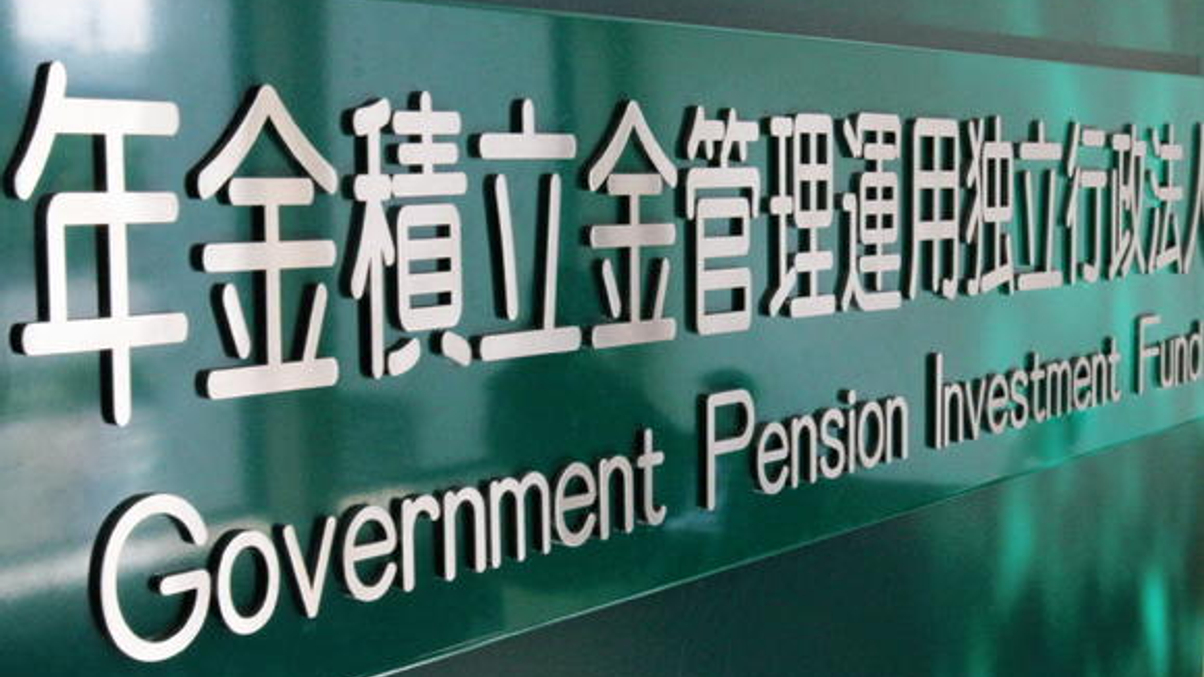Why Japan's GPIF will bite the bullet over FTSE Russell index China inclusion
China bonds are now too big to ignore - even for Japan's (and the world's) biggest pension fund. That said, GPIF and China are set to make odd bedfellows on the world bond index.

Japan's Government Pension Investment Fund (GPIF) is expected to adopt the FTSE Russell’s World Government Bond Index (WGBI) despite China’s inclusion on the index – a move the pension fund opposed – due to the fact China bonds are outperforming, observers say.
Sign in to read on!
Registered users get 2 free articles in 30 days.
Subscribers have full unlimited access to AsianInvestor
Not signed up? New users get 2 free articles per month, plus a 7-day unlimited free trial.
¬ Haymarket Media Limited. All rights reserved.


